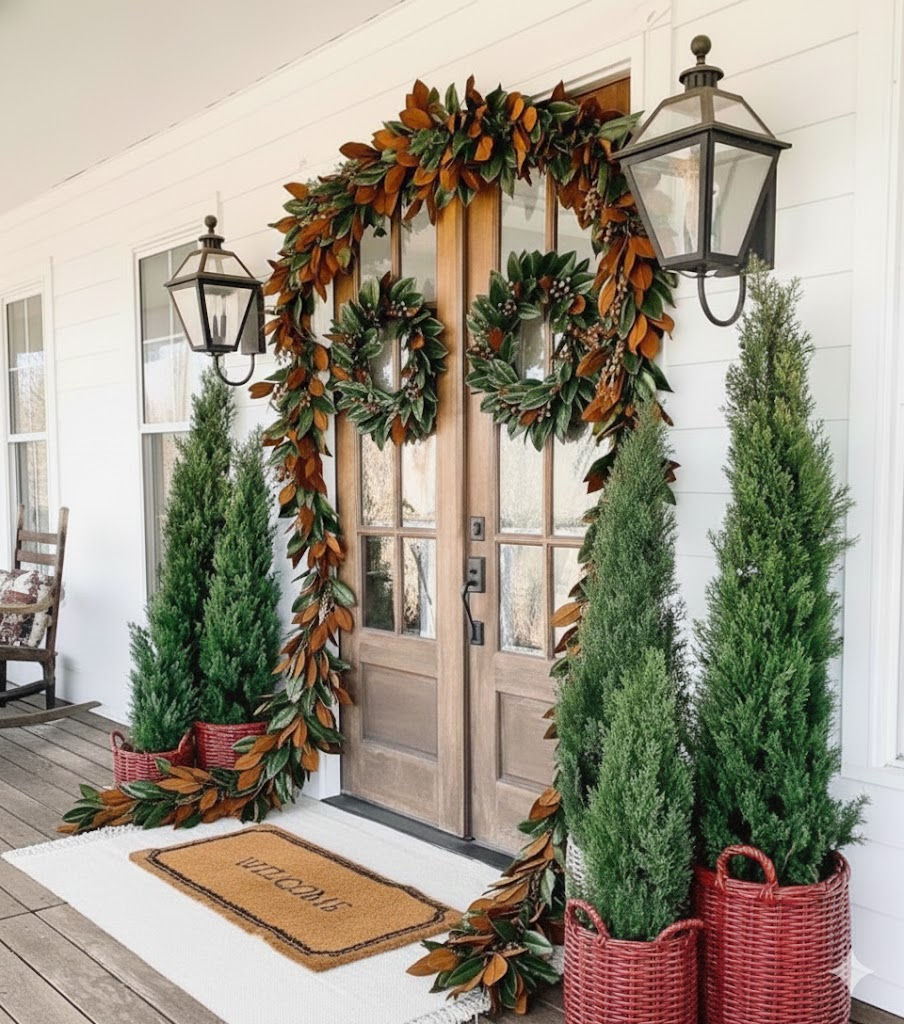Crepe Myrtles:
- Status in Florida: Cultivars of a species not native to Florida, but widely planted
- Native Habitat: Lagerstroemia species are native to Asia
- Growing Zones: 7-9
- Life Cycle: Perennial
- Growth Rate: Moderate
- Phenology: Deciduous
- Sunlight Requirements: Full sun
- Soil Texture: Adaptable, prefers well-drained
- Soil pH: Slightly acidic to neutral
- Moisture Requirements: Average; drought-tolerant once established
- Tolerance to Salt Spray: Some
- Keystone Plant: No
- Maintenance Tips: Prune in late winter/early spring to remove dead or crossing branches and to shape
- Nitrogen Fixing: No
- Edible: No
- Pet Safe: Yes
- Deer and Rabbit Resistance: Moderate
- Historical Medicinal Uses: None widely recorded
- Wildlife Benefit: Provides shelter for birds; flowers attract pollinators
'Natchez' Crepe Myrtle:
- Size at Maturity: 20-30 feet tall, 15-20 feet wide
- Growth Habit: Upright, vase-shaped
- Bloom Season: Summer
- Bloom Color: White
- Bark: Exfoliating, smooth, light brown to cinnamon-colored
- Recommended Landscape Uses: Specimen tree, street tree, large shrub
- Hurricane Wind Resistant: Moderate
- Erosion Control: Yes
- Caterpillar Host Plant: No
'Catawba' Crepe Myrtle:
- Size at Maturity: 10-15 feet tall, 8-12 feet wide
- Growth Habit: Multi-stemmed shrub or small tree
- Bloom Season: Summer
- Bloom Color: Dark purple
- Bark: Exfoliating, smooth, brown to gray
- Recommended Landscape Uses: Specimen tree, shrub border
- Hurricane Wind Resistant: Moderate
- Erosion Control: Yes
- Caterpillar Host Plant: No
































